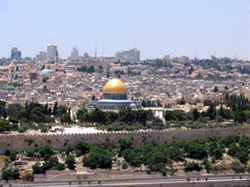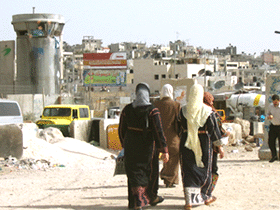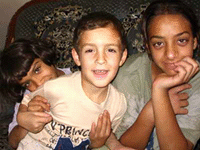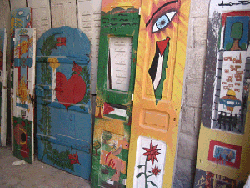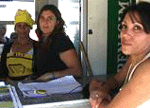
There IS Such a Thing as a Free Lunch in Buenos Aires
The afternoon sun shines on the narrow strip of Puerto Madero, a trendy Buenos Aires, Argentina neighborhood situated near the banking district's sky scrapers. Tourists stroll down cobble stone streets, admiring a bank-sponsored art exhibit of decorated cow statues. Argentines with money to burn sip lattes on shaded patios. At first glance, the prosperity is overwhelming. Yet in Buenos Aires, particularly since Argentina's financial collapse at the end of 2001, poverty and wealth have become unlikely neighbors.

